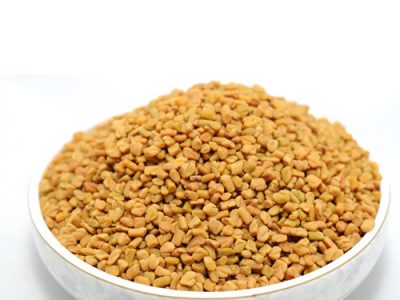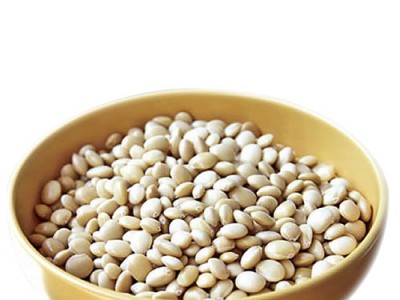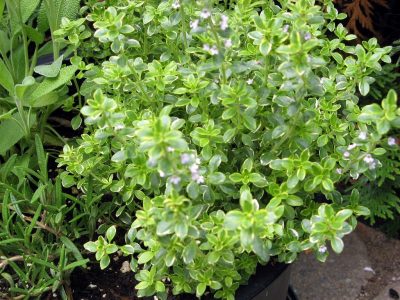
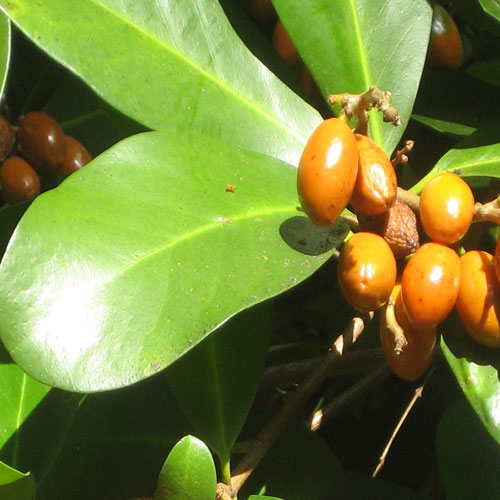
Strap Shaped Karuka Leaves And Its Purpose
Karuka Palm Tree
Karuka is a palm tree which is comes under the Genus monocots. This wonderful tree is widely found in subtropical and tropical islands of the Atlantic, Indian and Pacific oceans. The fully grown tree will achieve a height of 20 m. This palm tree has strap shaped leaves that may be spiny. The male and female flowers are produced on different plants. So it is called as Dioecious.
Karuka
The female tree produces flowers with round fruits. This fruit changes it color from green to bright orange as it matures. These fruits are eaten by lizards, bats, crabs, rats and others rodents. These trees are generally found in the wild. Southeast Asian use Pandan leaves for cooking purpose.
Medicinal uses
- The leaves of the karuka palm tree (Pandanus tectorius) are used medicinally to treat a variety of ailments, including headaches, skin infections, eye problems, and wounds.
- The leaves are also used to make a tea that is believed to help with digestive issues. The root of the tree is used to treat fever, dysentery, and diabetes.
- The fruit of the tree is sometimes used to help treat cancer.
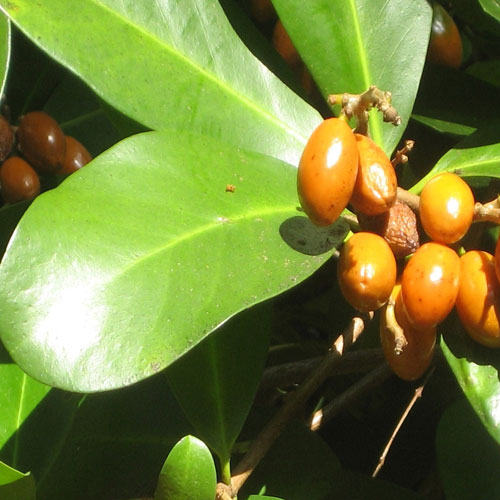
Benefits
The Karuka palm tree (Corypha elata) provides a variety of benefits, both to humans and the environment. It is a large, attractive palm with feathery leaves and a crown of fronds up to 10 metres long. The Karuka palm is an important source of food and medicinal products in Australia’s tropical climates, and its timber is used in furniture production. This versatile tree is also a great addition to any landscape, providing shade, shelter, and a sense of grandeur. The Karuka palm also helps to protect and improve the environment by providing habitat for birds and other wildlife, stabilizing soil, and reducing erosion.

